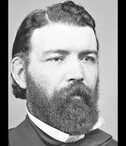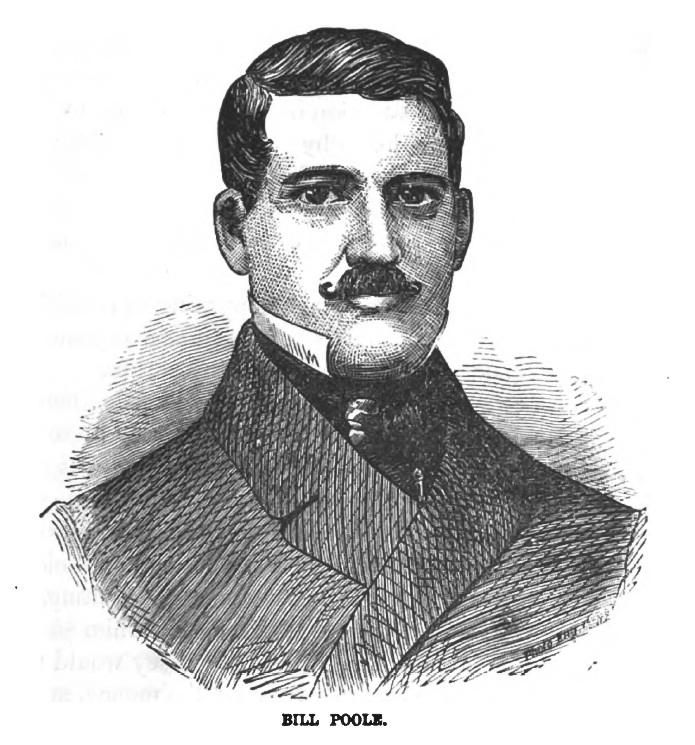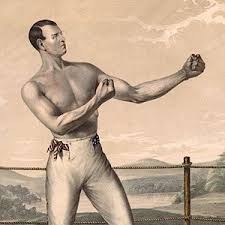No sport has captured the intrigue of Hollywood and film lovers to the extent of professional boxing. There have been some incredible movies based upon the noble art of fist fighting.
Sylvester Stallone gave the world the Rocky series (Rocky 1 being the greatest boxing movie of all time) and one of the greatest protagonist of all time in Rocky “The Italian Stallion” Balboa.
Raging Bull featuring Robert De Niro tells the story of the great but deeply flawed Jake LaMotta both in the ring and out, Cinderella Man gave us Russell Crowe as the teak tough James J. Braddock who stunned fans and forever changed the course of boxing history with his upset win over the destructive Max Baer for the heavyweight world title and The Fighter told the tumultuous story of Micky Ward’s up and down career and family life and earned Christian Bale an Oscar win for his portrayal of Ward’s drug abusing older brother and trainer Dicky Eklund.
It’s easy to see why boxing and cinema go together so well, two well honed fighting machines putting everything they have on the line for pride, bragging rights and of course money, the sport is also full of interesting personalities ranging from the eccentric the outright horrifying with some of the most extreme backstories that even a veteran Hollywood screenwriter would struggle to dream up. And there’s nothing cooler than a training montage with a cheesy 80’s power anthem over the top á la Rocky 4.
But boxing has found its way into movies that have absolutely nothing to do with the art. As is the case with the 2002 Martin Scorsese historical drama Gangs of New York based upon the 1927 book of the same title written by Herbert Asbury. A revenge story set in 1860’s New York, following Leonardo DiCaprio’s character of a young man by the name of Amsterdam as he is released from prison and returns to the Five points with the intention of killing his father’s murderer William Cutting played by Daniel Day-Lewis. A gritty period piece set in the midst of political corruption, the Civil war draft, gang warfare, religious feuds and immigration disputes.
As well as DiCaprio the flick stars Cameron Diaz, Liam Neeson (a successful amateur boxer in his youth), Brendan Gleeson, John C. Reilly, Jim Broadbent, Stephen Graham and more.
But Day-Lewis is this the true star of this film or rather his character, the tough, cunning, one eyed leader of “The Protestant Confederation of American Natives” William “Bill the Butcher’ Cutting. Bill is an ultra patriotic mobster with flair, brawn, and brains. Though a truly nasty piece of work he is shown to be a great leader of men, expert knife fighter, skilled brawler and all in all hard nut.
But the Butcher is not just some made up movie villain designed for the sole purpose for the good guy to defeat and ride off in the sunset. He was real, kind of.


William Poole (1821-1855) also known as “Bill the Butcher” served as the inspiration for Asbury’s and Scorsese’s devilish antagonist. And Poole was a boxer, a bare knuckle boxer, a pugilist of the old way when men fought till they could no longer stand, feuds were settled with blood, colourful sashes were the norm and the modern day boxing politics us fans put up with today didn’t exist. Of course he was also thug, thief, intimidator, gangster and bigot.
Although associated heavily with New York city, Poole was born in Sussex County, New Jersey to parents who had English heritage. Like most lower class children of the time it’s assumed he took up the sport of boxing at some point and In 1832 at around 11 years of age his family uprooted to the “Big Apple” and opened a butcher shop in the Washington Market are of Manhattan. Poole trained in butchery with his father and became competent in animal dissection and adept at the handling of various knives and large blades. Hence the nickname of “Butcher”.
This was during a time in which fires were common and destructive issue in the flourishing metropolis of NYC and the city needed fit and able young men on call to become firefighters. So some time in the 1840’s Poole started working with the Howard (Red Rover) Volunteer fire engine company #34, taking responsibility for Hudson and Christopher streets. At this time volunteer firefighter groups were a necessity to keep fires under control but they had worrying and extremely close ties and even a working relationship with local street gangs and criminals, which aloud the criminals to be viewed as quasi public servants by the locals.
These volunteer fire groups were in constant competition to get neighbourhood fires extinguished and used sabotage and deception to be the first on the scene or simply stop a rival group from tackling a blaze, some of the ways they did this were ridiculous and comical but this was to be the training ground for Poole to hone his skills in serious crime, violence and the art of knife fighting. During his time on the Hudson and Christopher street beats, Poole became the leader of the Washington street gang which later morphed into the infamous Bowery Boys.
Like Cutting from the movie Poole was a nationalist and bigot and became political. He lead gangs in the Five Points neighbourhood. 19th century New York was infested with gang violence and Poole and the Bowery boys did all they could to inflame the warfare. Famed for their take no prisoners attitude toward violence and shocking intimidation techniques they became on off the most feared groups in the whole city.
Not just content with petty crime and street brawling Poole became one of leading voices (and fists) in the anti immigrant, anti catholic and anti Irish movements. The Bowery Boys became a sort of militant extension of Know Nothings, a nativist and extremely anti catholic political party and Poole was nominated by the Whig party as a candidate for the role of alderman of the 6th Ward in April 1848 in which he only received 199 votes. Eventually Poole was appointed to represent the 6th Ward on the New York City Board of Education.
He and his gangs of “Natives” were well known for their overt bigotry, especially toward the Irish and would not only use threats of violence and death in their attempts to intimidate them, they would even surveil and stand guard at ballot boxes to stop the Irish from voting in elections.
In response to Poole and his comrades attacks certain members of the Irish community started their own street gangs and after a while and some assumed internal squabbling, The Dead Rabbits (lead by Liam Neeson “Priest” Vallon in the movie) an Irish gang large enough to rival the Bowery Boys was formed.
The gangs entered an embittered feud which lead to years of violence based on racial and religious differences. Both groups were made up of hard men of their time who weren’t scared of a rumble on the cobbles. They would agree locations and square off in open ares and fight hand to hand or with blades and blunt weapons. Apparently Poole was never more comfortable than in a brawl using his boxing skills to dispatch of opponents efficiently and his martial abilities became something of legend.
Bill the Boxer.
Although we know he was a boxer and had organised bouts not too much is known about the pugilistic endeavours of Poole. It can probably be assumed Poole started or at least learned some boxing skills in his youth as was very common in that period.
What we do know.
William Poole was a very large man for his time. He likely weighed over 200 pounds, around the weight of a modern day cruiserweight and he stood at around 6 feet tall which was considered pretty tall in the 19th century. He fought in some regulated bouts but many were illegal and for the sake of gambling or his enjoyment of violence.
Not one for for following the rules or up keeping the nobility of the the noble art. He was an extremely dirty boxer exhibiting a crushing and brutal style based around his natural strength, power and wickedness. One source states “He was well known for being a notoriously dirty fighter, not averse to biting off noses, gouging out eyeballs, or beating a man to jelly”. Some have said his nickname of “Butcher” would have faded after childhood but stayed with him as he would butcher his opponents. This was all in the days of boxing without any doctors present, a ring, gloves, or even round limits.
In 1854 a fight was arranged between Poole and his arch rival fellow bare knuckle boxer and future politician John Morrissey an Irish immigrant who had a back and forth, almost sparring like relationship with Poole based on mutual hatred and bar room gossip. Morrissey had previously boxed a contentious and disputed bout against the famed Yankee Sullivan in a 37 round match full of controversy in which Both fighters corners and teams started brawling with each other and onlookers stormed the ring. The referee swiftly declared Morrissey the winner in order to stop a mass riot. Sullivan surrendered the American Bare Knuckle Heavyweight title he had held since 1851, though most in attendance felt he had done enough to win.
When they finally fought Poole was the victor. That is all that can be found regarding this fight. That and the fact that Poole used this as yet more ammunition to taunt the Irishman.
Defeated, deflated and with his pride aching Morrissey wanted revenge and it seems he ordered the recently fired NYPD police officer’s Lewis Baker and Jim Turner who it is said were working for him as muscle to shoot and kill Poole.
On February 25th 1855 they located and shot Poole in the leg and upper torso in a bar called the Stanwix Hall on Broadway.
On March 8th of that year Poole Succumbed to his wounds and died at the age of 33 in his home on Christopher Street. According to a local newspaper Pooles last words were reported to be “Good bye boys; I die a true American”. Poole died young and painfully which seems fitting for such a man. He lived by the way of chaotic violence and died that way too. A story that though rare we still sometimes see in boxing today.
Morrissey was indicted for the murder but the charge was dropped, he eventually went on to open a chain of Irish pubs and amass a fortune off over 1.5 million dollars and have a political career. And after some long winded trials no one ever faced justice for the shooting.
So William Poole, a young kid from Jersey who went on to be a butcher, a firefighter, a brawler, a knife fighter, a gangster, a boxer, a political player and a legend in the city of New York. A man who was undoubtedly impressive and talented but ultimately sewed nothing but division and hatred in the community he claimed to love went on to become immortalised in film and a part of boxing’s long and checkered history.
He is certainly not the only boxing man to appear in film but he is one of the most interesting.
Thanks for reading and watching, hope you come back soon. Please Follow us on Social Media for updates…
Instagram: https://www.instagram.com/britishboxers_bbtv
Twitter: https://twitter.com/britishboxers
Facebook: https://www.facebook.com/britishboxers
YouTube: https://www.youtube.com/britishboxersuk
boxing #britishboxing




























